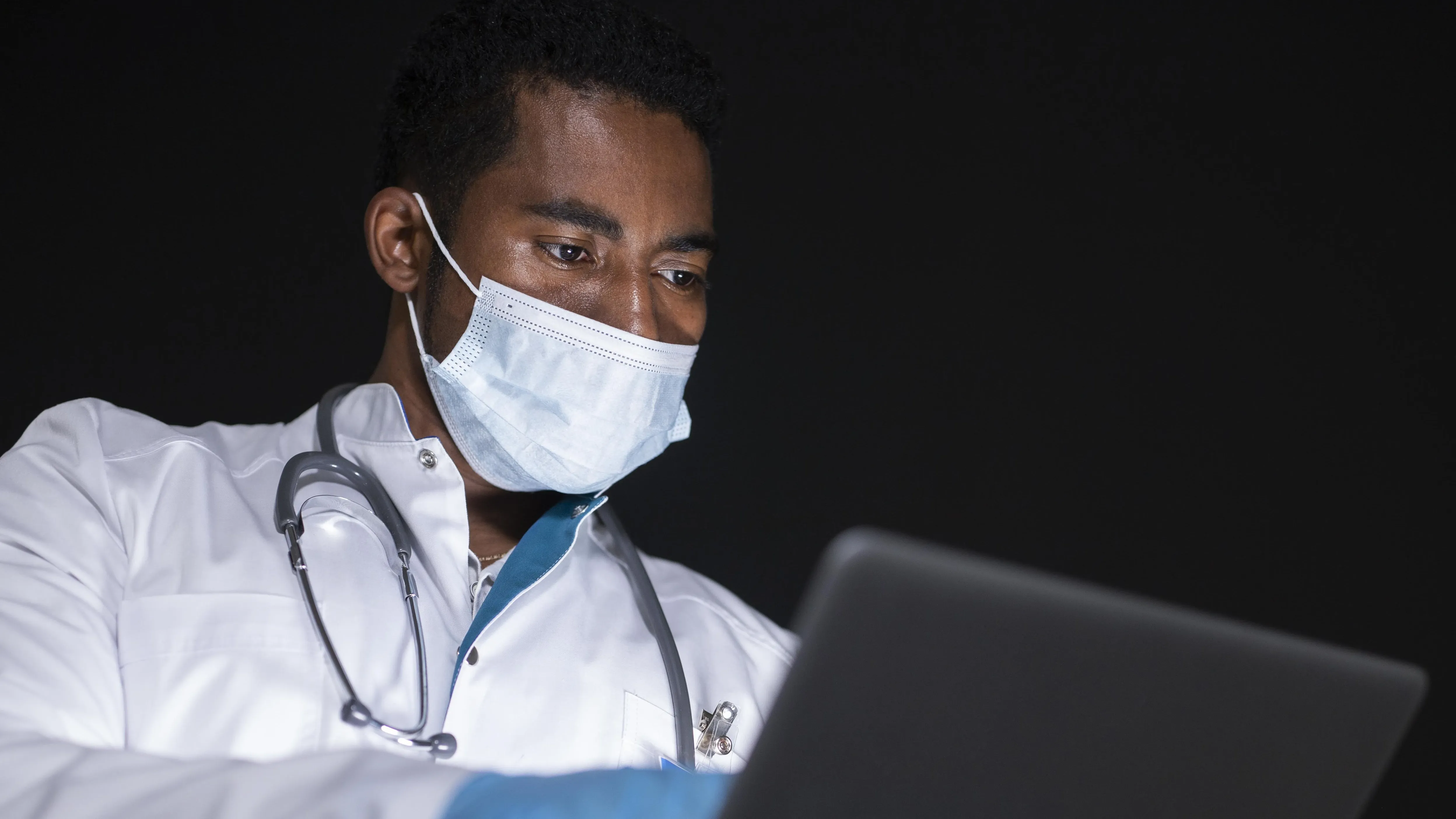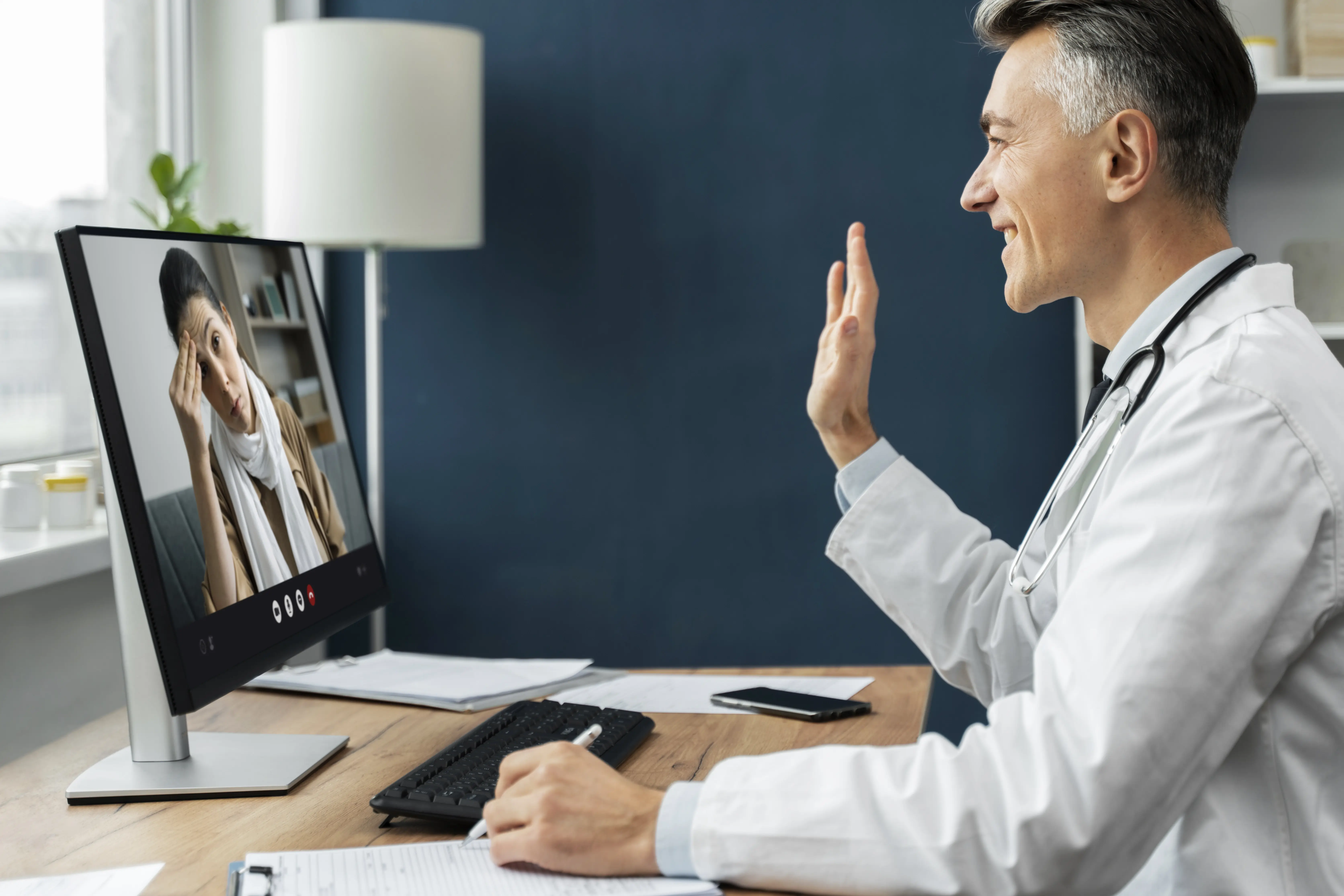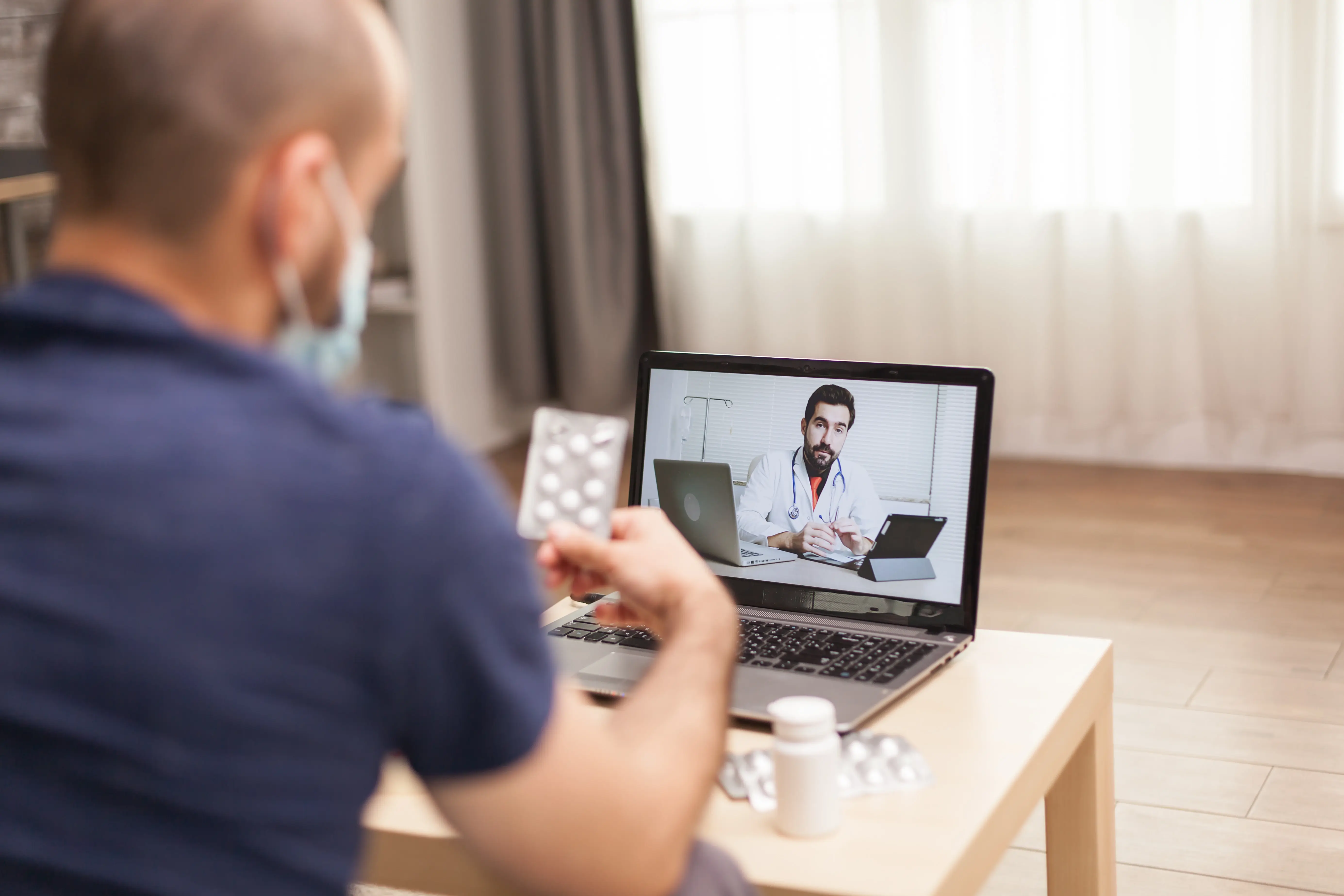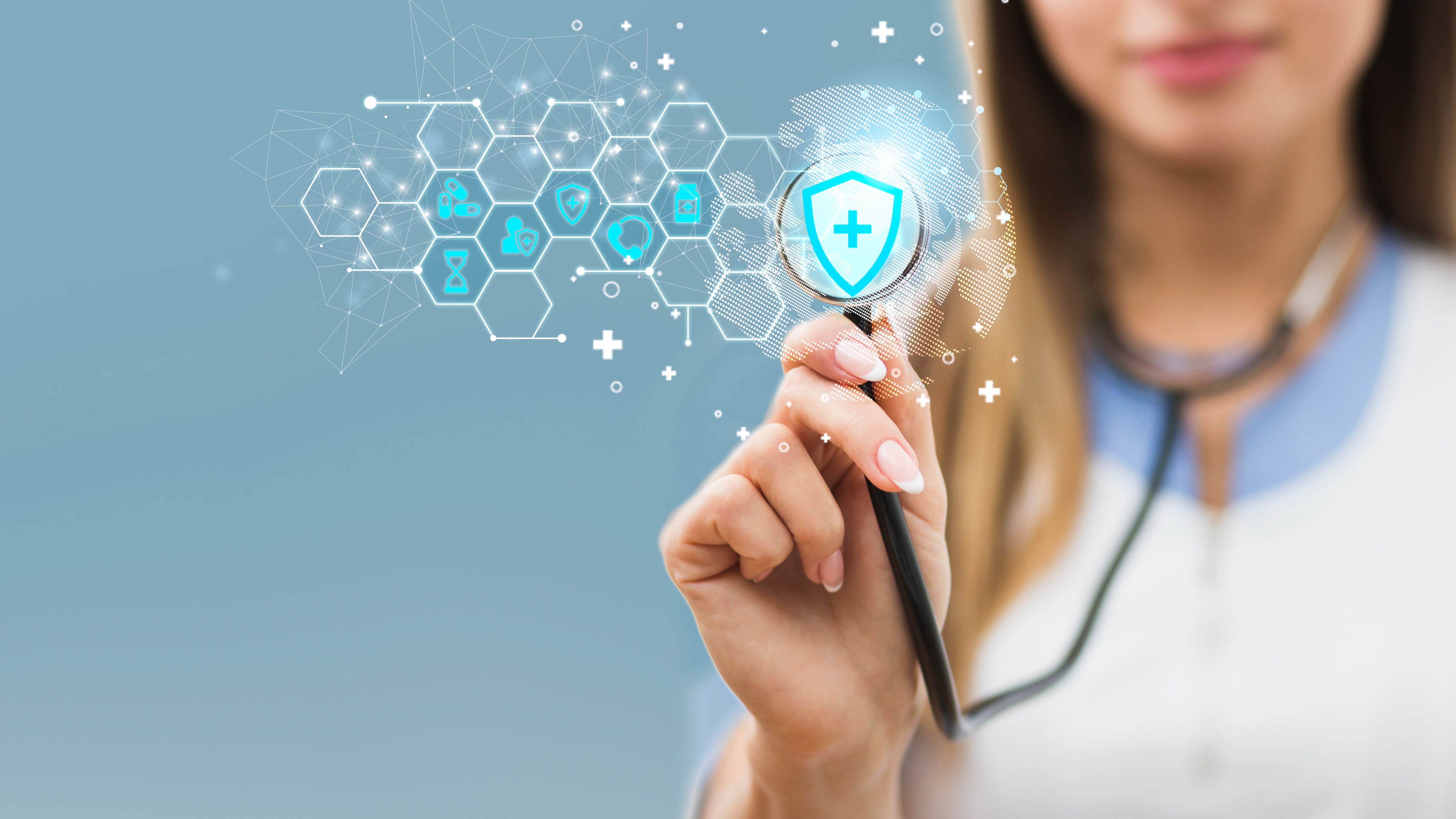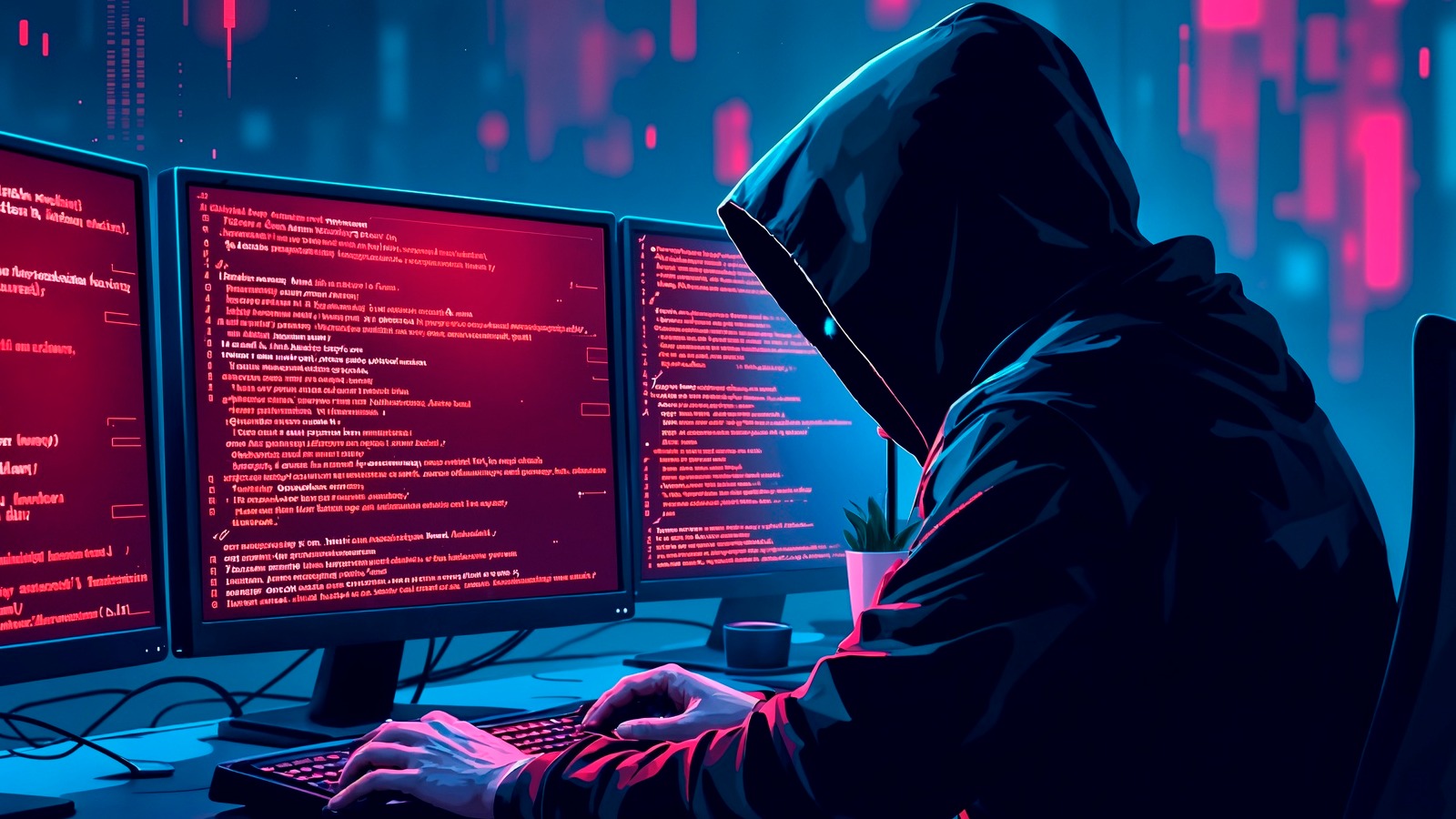How to Lock Down Telehealth Sessions from Hackers
Healthcare cybersecurity has always mattered, but since the rise of telehealth, it’s become personal.
As someone who’s worked closely with patients during this digital shift, I’ve seen firsthand how vulnerable people feel during virtual care. And I’m not talking about just software vulnerabilities. I’m talking about trust. When patients open up on camera, often from their living rooms, they expect privacy. They need to know that what they say won’t end up somewhere it shouldn’t.
But the truth is, without strong cybersecurity in healthcare, that trust is fragile.
The Real Cost of a Compromised Telehealth Call
I remember one provider telling me about a patient who refused to continue a virtual therapy session. Why? Because she heard static on the line and panicked, thinking someone else was listening.
Was it a breach? Maybe not. But the fear was real, and that’s the point.
Cybersecurity threats in healthcare don’t just put data at risk; they shake people’s sense of safety. And unfortunately, those threats are increasing. Hackers know that medical data is more valuable than credit cards. They’re targeting virtual care sessions because they know the systems aren’t always ready.
If you’re offering or managing virtual care, you’re on the front line of cybersecurity healthcare protection, even if it doesn’t say that in your job title.
Start with What You Can Control: Your Network
The most immediate thing you can do to improve healthcare cybersecurity in your telehealth environment is to check your network. It may sound basic, but you’d be shocked how many breaches begin with something as simple as unprotected Wi-Fi.
For providers working from home or hybrid offices, a secure VPN is non-negotiable. And for organizations managing remote staff, Gini’s solutions offer enterprise-level cybersecurity for healthcare, without needing a full in-house IT department. We help you monitor, manage, and secure every device that connects to patient care.
Use the Right Platform: Not Just a Video Call
Let’s be real. There are providers out there using common video chat apps that were never built for healthcare. And I get it, it’s easy, fast, familiar. But it’s also risky.
True cybersecurity in healthcare starts with using a HIPAA-compliant platform. That means encryption, secure login, and access control. It also means accountability, knowing exactly who accessed what and when.
At Gini, we’ve helped healthcare practices transition away from risky tools and move toward fully compliant, fully protected telehealth systems. If you’re not sure where your current tools stand, it’s time to find out before hackers do.
Multi-Factor Authentication: Small Step, Big Shield
This one can’t be emphasized enough. Cybersecurity issues in healthcare often stem from something as simple as a weak password.
Implementing multi-factor authentication (MFA) adds a vital layer of protection. Whether it’s a code sent to your phone or an app-based token, it makes unauthorized access significantly harder.
Even if your system gets breached, MFA can stop hackers cold.
It’s part of a broader cybersecurity strategy, one that we at Gini advocate for every healthcare team, regardless of size.
Device Security: It’s Not Just the Clinic Anymore
Today, healthcare doesn’t happen in one place. And that means devices, lots of them. Phones, tablets, laptops. Personal and professional. All are used to deliver care.
This is where medical cybersecurity gets messy. It’s not just about protecting a hospital server; it’s about protecting every endpoint. Every screen where PHI (protected health information) is shown is a potential point of attack.
If your team is working on multiple devices, you need endpoint security, antivirus tools, and mobile device management. At Gini, we offer customizable protection that doesn’t slow down your workflows but gives you confidence that your patients are safe, even during a house call from the couch.
Train Your Team Like It Matters Because It Does
We’ll be honest, one of the biggest cybersecurity challenges in healthcare is people.
Not because they don’t care, but because they’re overwhelmed. Nurses, doctors, and admin staff are focused on care, not code. And that’s fair.
But hackers count on that.
That’s why Gini includes simple, non-technical training as part of our cybersecurity plan packages. We teach staff how to spot phishing emails, how to report suspicious login attempts, and how to protect patient data during telehealth calls.
Cybersecurity and healthcare go hand in hand, and it’s time we train like it.
Lead to Lockdown: Build a Custom Cybersecurity Plan
No two healthcare practices are the same. Some run large healthcare systems, others manage local clinics or virtual-first care teams. That’s why your cybersecurity in health care plan must fit your structure, not the other way around.
When we help teams at Gini, we don’t sell templates. We build personalized protection. That includes:
- Network monitoring
- Real-time threat detection
- Secure login protocols
- Automated data backups
- Compliance auditing
If you’re serious about defending against emerging cybersecurity threats, you need a plan that evolves as fast as the hackers do.
What’s at Stake: More Than Just Data
When we talk about healthcare cybersecurity risks, it’s easy to focus on numbers, fines, lawsuits, and records breached. But the impact is more than that.
It’s the mother in a rural area who relies on video visits to check in on her baby’s care. It’s the veteran receiving mental health therapy from home. It’s the family managing chronic illness across state lines.
If we lose their trust, we lose the future of digital care.
That’s why every part of our solution at Gini focuses on trust. On securing data, yes, but also securing the relationship between provider and patient.
Don’t Wait for a Breach to Act
Some people think, “It won’t happen to us.” Until it does. And when it does, the damage is fast, expensive, and public.
The biggest healthcare cyberattacks didn’t happen because organizations didn’t care. They happened because they weren’t ready.
You don’t need to be perfect; you just need to be proactive.
At Gini, we help healthcare teams assess their risks, close their gaps, and lock down their telehealth sessions before anything happens. Because healthcare and cybersecurity go hand in hand, and it’s time we treat them that way.
Key Takeaways: How to Lock It All Down
Here’s what you can do right now:
- Use HIPAA-compliant platforms only
- Install multi-factor authentication
- Train your team on basic security habits
- Secure every device—personal or work
- Partner with a trusted cyber healthcare provider
Why Choose Gini to Connect Safely on Telehealth?
Because we don’t believe in fear-based selling, we believe in partnership.
Gini exists to make cybersecurity for healthcare feel manageable, not terrifying. We’ve helped countless organizations transform their systems, train their people, and reclaim their peace of mind.
We don’t just secure your data, we protect your mission.
So if you’re offering virtual care and wondering if it’s really safe, let’s talk. Because your care deserves a locked door, even if it’s on a screen.

